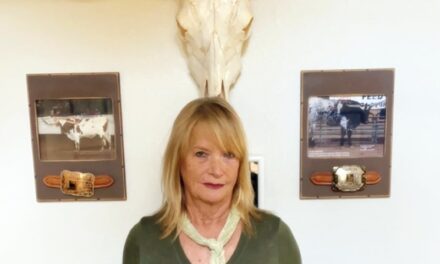On Thursday, March 19, 2020, at 9:50 p.m. MDT, those of us in the Northern Hemisphere will welcome spring with the arrival of the vernal equinox. If this seems early to you, you’re right! In fact, this is the earliest the vernal equinox has occurred in all time zones in 124 years. Traditionally, we celebrate the first day of spring on March 20th or 21st, but this year it’s even earlier—something that hasn’t happened since 1896.
How could the first day of Spring change from year to year?
There are a few reasons why seasonal dates can vary from year to year. The first is that a year is not an even number of days and neither are the seasons.
Another reason is that the earth’s elliptical orbit is changing its orientation (skew), which causes the earth’s axis to constantly point in a different direction, called precession. Since the seasons are defined as beginning at strict 90-degree intervals, these positional changes affect the time the earth reaches each 90-degree location in its orbit around the Sun.
The pull of gravity from the other planets also affects the location of the earth in its orbit. The current seasonal lengths for the Northern Hemisphere are:
Summer — 93.641 days
Autumn — 89.834 days
Winter — 88.994 days
Spring — 92.771 days
As you can see, the warm seasons, spring and summer, combined are 7.584 days longer than the colder seasons, fall and winter (good news for warm weather admirers!).
However, spring is currently being reduced by approximately one minute per year and winter by about one-half a minute per year. Summer is gaining the minute lost from spring, and autumn is gaining the half a minute lost from winter. Winter is the shortest astronomical season, and with its seasonal duration continuing to decrease, it is expected to attain its minimum value — 88.71 days — by about the year 3500. We probably won’t be getting letters of complaint about that!
What is the Vernal Equinox, exactly?
Vernal translates to “new” and “fresh,” and equinox derived from the Latin aequus (equal) and nox (night).
So what does that mean? Essentially, our hours of daylight — the period of time each day between sunrise and sunset — have been growing slightly longer each day since the Winter Solstice in December, which is the shortest day of the year (at least in terms of light). Even after three months of lengthening days, though, we still see less light than darkness over the course of a day. The vernal equinox marks the turning point when daylight begins to win out over darkness.
At the moment of the equinox, the direct rays of the Sun are shining down on the equator producing the effect of equal day and night (give or take a few minutes). After the vernal equinox, the direct rays of the Sun migrate north of the Equator (with hours of daylight steadily growing longer) until they finally arrive at the Tropic of the Cancer (latitude 23.5 degrees north). The migration of the Sun’s direct rays comes to a halt on that day; this is as far north as they will go. We call this the “summer solstice” (solstice is a suspension of the migration of the Sun’s direct rays). It is the longest day of the year in terms of hours of daylight.
After the summer solstice, the direct rays proceed to head south and the days begin to grow shorter. It will take another three months, until the autumnal equinox for the periods of daylight and darkness to reach equilibrium once again. The rays ultimately reach the Tropic of Capricorn (latitude 23.5 degrees south) on the day of the winter solstice and the whole cycle begins again!
So, regardless of what the weather is doing outside your, the vernal equinox marks the official start of the spring season.
Be sure to check out our spring forecast to see what we’re predicting for the upcoming season.

















